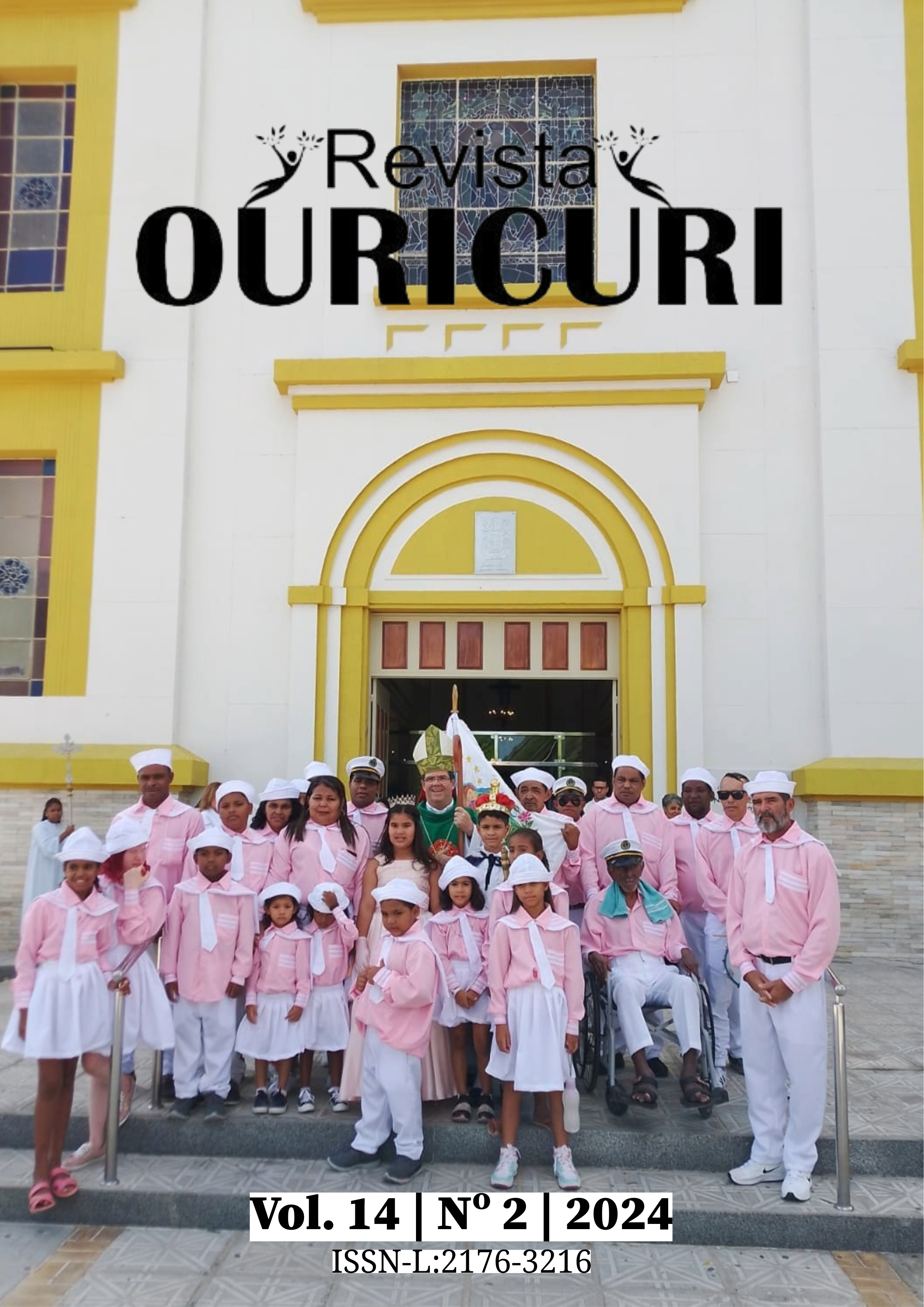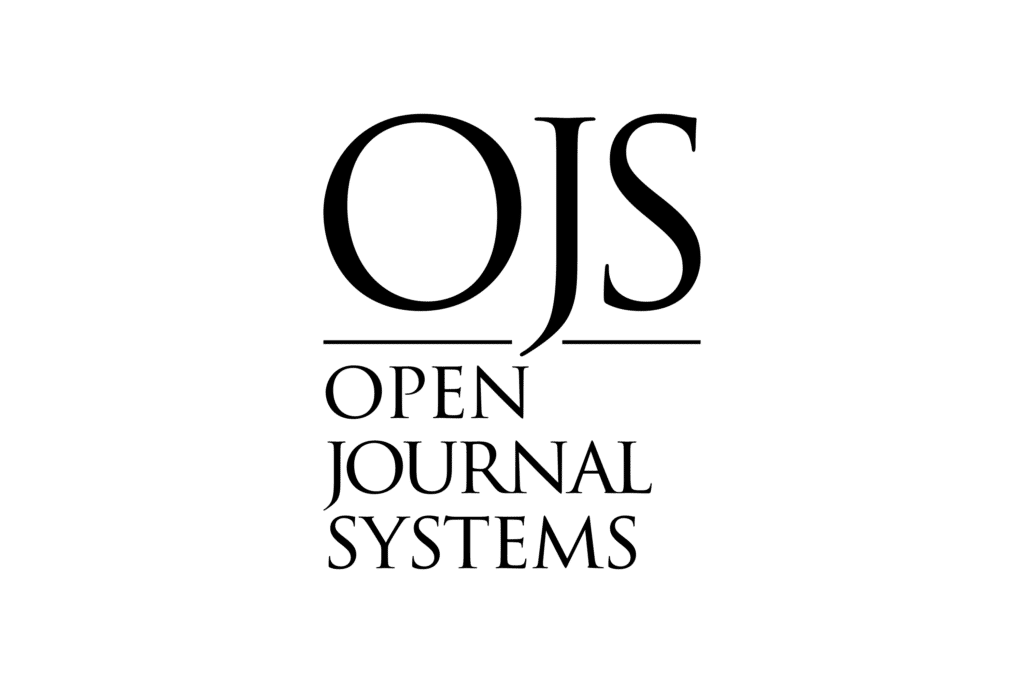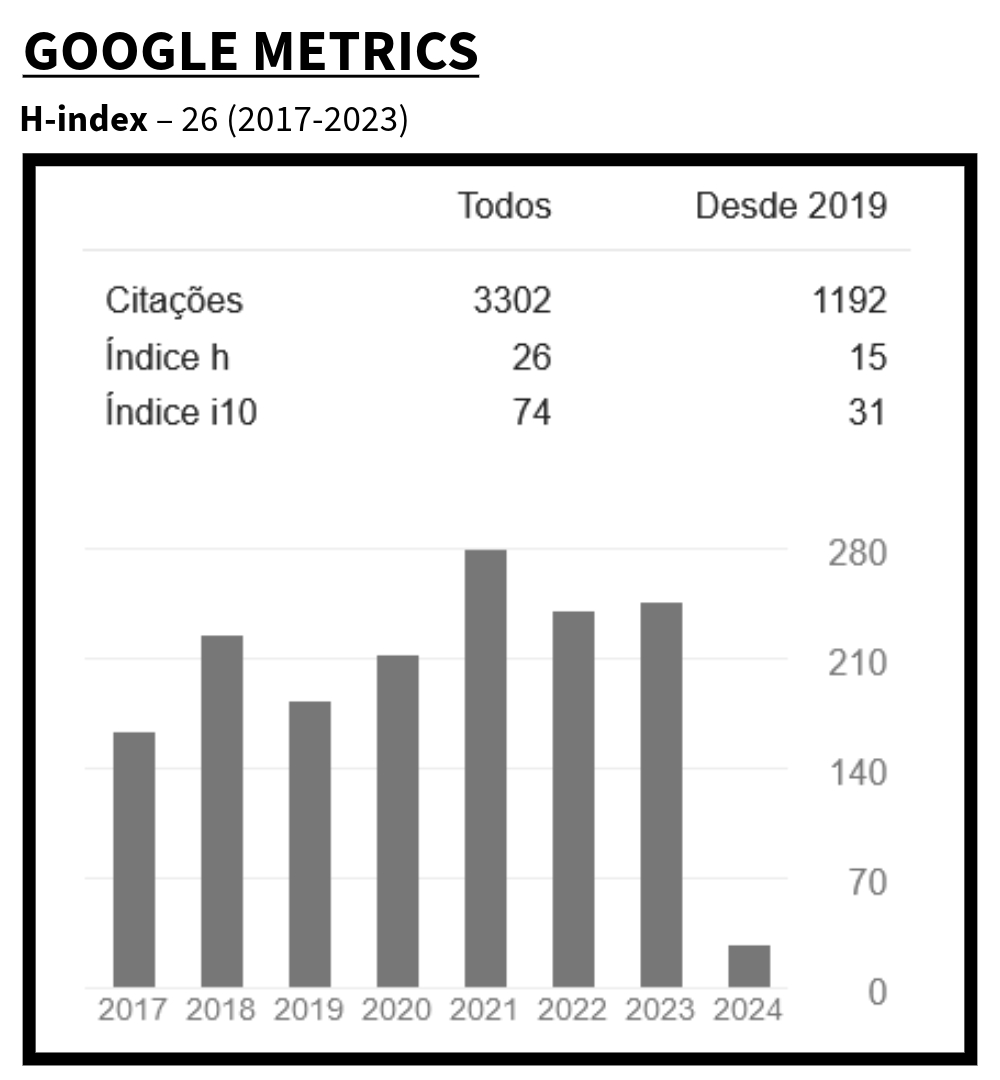Follicolous Fungi in Syagrus coronata (Mart.) Becc. (Arecaceae)
new registration for Brazil
DOI:
https://doi.org/10.59360/ouricuri.vol14.i2.a17859Keywords:
Semiarid, Licuri, Taxonomy, BiodiversityAbstract
The foliar mycobiota of Syagrus coronata (Mart.) Becc. was investigated at Sítio Brejinho da Serra, Pernambuco. These palms are used in the crafting of artisanal products by the local community, with the aim of contributing to the expansion of knowledge about fungi in Arecaceae within the Caatinga biome. Leaves of S. coronata were collected during three excursions between November 2014 and July 2015. The collected material was analysed, morphologically characterised, and identified at the Science Laboratory of the State University of Bahia, Campus VIII-Paulo Afonso. Nine genera and ten species of fungi, distributed across eight families, were studied. Among the studied microfungi, phytopathogens and saprobes were found, including new records of occurrence for Brazil and for the botanical substrate analysed. The following were catalogued: Chaetomium globosum Kunze, Colletotrichum gloeosporioides (Penz.) Penz. & Sacc., Emericella sp., Keissleriella sp., Lasiodiplodia theobromae (Pat.) Griffon & Maubl., Microascus sp., Microascus trigonosporus var. macrosporus G.F. Orr, Oxydothis sp., Ovatospora brasiliensis (Bat. & Pontual) X.Wei Wang & Samson, and Trichoderma sp. The mycobiota inhabiting the leaves of the licuri palm (S. coronata) is diverse, and this Arecaceae proves to be an excellent host for fungi of the phylum Ascomycota.
Downloads
References
Al-Dossary, M.; Almyah, M. K.; Raheem, S. S. Molecular identification of five species of Family Chaetomiaceae (Sordariomycetes, Ascomycota) from Iraqi soil. Journal of Biological Diversity, (3) 22, 10.13057/biodiv/d220325, 2016.
Alexopoulos, C. J.; Mims, C.W.; Blackwell, M. Introductory Mycology. Nova York. EUA, 1996.
Ames, L. M. A monograph of the Chaetomiaceae. 1 ed. Editora: Army Research. Estados Unidos, 1961.
Barnett, H. L.; Hunter, B. B. Ilustrated Genera of Inperfect Fungi; APS: PRESS the Americam. 4. ed. Fourth edittion, 1998.
Barr, M. E. Melanommatales (Loculoascomycetes). North American Flora. Novo York Botanical Garden Press, Bronx, NY, 1990.
Batista, A. C.; Pontual, D. Alguns fungos do gênero Chaetomium. Boletim da Secretaria de Agricultura Indústria e Comércio do Estado de Pernambuco, Brasil. (15) 62-73. 1948.
Benato, E. A. Controle de doenças pós-colheita em frutas tropicais. Summa Phytopathologica, (25): 112, 1677 - 1915, 1999.
Bondar, G. O. As ceras do Brasil e o licuri (Cocos coronata Mart.) na Bahia. Salvador. Instituto de fomento econômico da Bahia. Boletim técnico n° 11. 86 p. 1942.
Carrol, G. Fungal endophythes in stems and leaves: from latent pathogen to mutualistic symbiont. Ecology (1) 69. 1943154. 1988.
Castañeda, P. A. A etnobotânica do sistema de cura dos Índios Pankararú, Pernambuco, Brasil. 154 f. Dissertação mestrado ecologia - Universidade Federal de Pernambuco, Recife. 2010.
Cortiñas, D. C.; Rodríguez, R. F.; Lama, A. C.; López, M. D. D. Celulitis por Microascus trigonosporus (anamorfo Scopulariopsis trigonospora). Caso clínico. Sociedade Galega de Medicina Interna, 74 (2), 0304 – 4866. 2013.
Doveri, F. An additional update on the genus Chaetomium with descriptions of two coprophilous species, new to Italy. Mycosphere, 4 (4): 820 – 846, 2013.
Drumond, M. A.; Schisteck, H.; Seiffarth, J. A. Caatinga um bioma exclusivamente brasileiro... e o mais frágil. Instituto Humanitas Unisinos. Rio Grande do Sul, n. 389, 2012. Disponível em: https://www.ihuonline.unisinos.br/media/pdf/IHUOnlineEdicao389.pdf. Acesso em: 02 de janeiro de 2023.
Embrapa Recursos Genéticos e Biotecnológicos. Disponível em: < http://www2.sede.embrapa.br:8080/intranet/din.nsf/bvframe>. Acesso em: 7 de março 2015.
Fortes, N. G. S.; Santos, M. A. L.; Vitória, N. S. Aspiorsodaria nigerenses (Ascomycota): a new record for the Americas. Rodriguesia (71). 1590-2175. 2020.
Fortes, N. G. S.; Vitória, N. S. Novos registros de espécies de Chaetomium e semelhantes a Chaetomium (Ascomycota, Chaetomiaceae) em Syagrus coronata da Estação Ecológica do Raso da Catarina (ESEC), Caatinga, Bahia, Brasil. Mycotaxon (137) 171. 5248-134.737. 2022.
Freire, F. C. O.; Viana, F. M. O.; Cardoso, J. E.; Santos, A. A. Novos Hospedeiros do Fungo Lasiodiplodia theobromae no Estado do Ceará. EMBRAPA. 91, 1679-6535. 2004.
Fröhlich, J.; Hyde, K. D. Palm Microfungi. Fungal Diversity Research. 3 (1), 1 – 375, 2000.
Frölich, J.; Hyde, K. D. Biodiversity of palm fungi in the tropics: are global fungal diversity estimates realistic? .8. ed: Biodivers. Conserv 977 – 1004, 1999.
Hyde, K. D. Fungi from palms. VII. The genus Oxydothis from rachides of palms in North Quensland, including five new specie. Sydowia (45) 105 – 119, 1994.
Hyde, K. D.; Fröhlich, J.; Taylor, J. Diversity of ascomycetes on palms in the tropics. In: Hyde, K.D. Biodiversity of Tropical Microfungi. Hong Kong University Press, Hong Kong SAR, p. 141-156, 1997.
Hyde, K. D.; Cannon, P. F. Fungi causing tar spots on palms. Cab Intl. Nova York, EUA. 108p, 1999.
Instituto Brasileiro Geografia e Estatística. Disponível em: <http://biblioteca.ibge.gov.br/index.php/biblioteca-catalogo>. Acesso em: 30 de maio de 2015.
Kiill, L. H. P. Caatinga: patrimônio brasileiro ameaçado. Agronline.com.br. 2011 Disponível em: www.infoteca.cnptia.embrapa.br/infoteca/bitstream/doc/899060/1/Kiill2011.pdf. Acesso em: 02 de janeiro de 2023.
Leitman, P.; Soares, K.; Henderson, A.; Noblick, L.; Martins, R.C. Arecaceae in Lista de Espécies da Flora do Brasil. Jardim Botânico do Rio de Janeiro, 2015. Disponível em: http://floradobrasil2015.jbrj.gov.br/jabot/floradobrasil/FB53. Acesso em: 02 de janeiro de 2023.
Maia, L. C. et al. Diversity of Brazilian Fungi. Rodriguésia, v. 66, n. 4, p. 1033-1045, 2015.
Mariano, R. L. R.; Lira, R. V. F.; Silveira, E. B.; Menezes, M. Levantamento de fungos endofiticos e epifíticos em folhas de coqueiro no nordeste do Brasil. II. Efeito da localidade sobre a população fúngica. Agrotrópica. 10 (1), 0103-3816, 1998.
Melo, R. F. R. Fungos Coprófilos de Pernambuco. 769 f. Tese doutorado. Universidade Federal do Pernambuco, Recife. 2015.
Menezes, M. Aspectos biológicos e taxonômicos de Espécies do gênero Colletotrichum. In: Anais da Academia Pernambucana de Ciência Agronômica, 13., 2006. Academia Pernambucana de Ciências Agronômicas, Recife. Anais [...] Recife: Universidade Federal de Pernambuco, 2006. p. 170 - 179.
Moubasher, A. H.; Abdel-Sater, M. A.; Soliman, Z. Contribution to the mycobiota of Egypt Emericella stella-maris Zalar, Frisvad & Samson 2008, a new record to Egypt. Department of Botany and Microbiology, Faculty of Science and Assiut University Mycological Centre (AUMC), Assiut University, Assiut, Egypt. 2013.
Noblick, L. R. Palmeiras da Caatinga da Bahia e as potencialidades econômicas. In Simposio sobre Caatinga e sua exploração racional, Brasília, DF, 1986. Brasília, Distrito Federal, EMBRAPA, 1986. p. 99 – 115.
Pereira, A. L.; Silva, G. S.; Ribeiro, V. Q. Características fisiológicas, cultural e patogênica de diferentes isolados de Lasiodiplodia theobromae. Fitopatologia Brasileira 6 (31), 572-578. 2006.
Pereira, J. O. Fungos endofiticos dos hospedeiros tropicais Sthylosantes guianensis e Musa cavendish. 119 f. Tese doutorado. Universidade de São Paulo, Piracicaba, São Paulo, 1993.
Pinruan, U.; Kevin D.; Hyde, K. D.; Lumyong, S.; McKenzie, E. H. C.; Jones, E. H. B. G. Occurrence of fungi on tissues of the peat swamp palm Licuala longicalycata. Fungal Diversity, 157 – 173. 2007.
Piontelli, E. Especies clínicas comunes del género Scopulariopsis Bainier y taxas relacionados. Boletín de la Sociedad Micológica 30 (1). Doi: https://doi.org/10.22370/bolmicol.2015.30.1.863. 2015.
Ramalho, C. I. Estrutura da vegetação e distribuição espacial de licuri (Syagrus coronata (Mart.) Becc.) em dois municípios do Centro Norte da Bahia, Brasil. Tese de doutorado em Agronomia. Universidade Federal da Paraíba. 2008.
Rocha, P. Q.; Vitória, N. S. Novas ocorrências de Ascomicetos para a américa do Sul e Neotrópicos. Agrotrópica (32) 1. 0103 – 3816. 2020.
Samuels, G. J. Trichoderma: Systematics, the sexual state, and ecology. In: A Nature and aplication of biocontrol microbes II: Trichoderma spp., 304; Departamento of agriculture, 2005, Beltsville: U.S. Departament of agriculture, 2005. p. 120 – 206.
Santos, M. A. L.; Vitória, N. S.; Bezerra, J. L. Fungos colonizando palmeiras em áreas de Caatinga do Sertão da Bahia. Agrotrópica (28) 1. 21757-0103. 2016.
Santos, M. A. L. Ascomycota (Pezizomycotina) colonizando Syagrus coronata (Mart.) Becc. (Licuri) em Áreas de Caatinga do Sertão da Bahia, Brasil. 81f. Dissertação (Mestrado em Biodiversidade Vegetal) - Universidade do Estado da Bahia, Paulo Afonso. 2017.
Santos, M. A. L.; FORTES, N. G. S.; Silva, T. E. F.; Vitória, N. S. Ascomycota (lichenized and nonlichenized) on Syagrus coronata in the Caatinga biome: new and interesting records for Brazil and South America. Mycotaxon (134) 737. 0093–4666. 2020.
Silveira, V. D. Micologia. 5. ed: Âmbito cultural, 1995.
Souza, V. S.; Flores, T. B.; Lorenzi, H. Introdução à Botânica: morfologia. 1. ed: Plantarum, 2013.
Sutton, B. C. The Coelomycetes: Fungi Imperfecti with Pycnidia Acervuli and Stromata. 1. ed. Oxford University Press, 1980.
Vitória, N. S. Diversidade de Ascomycota em palmeiras nativas e exóticas em áreas de Mata Atlântica. 225 f. Tese doutorado. Universidade Federal de Pernambuco, Recife, 2012.
Vitória, N. S.; Fortes, N. G. S.; Santos, M. A. L.; Gomes, E. S.; Secunda, E. A.; Cáceres, M. E. S.; Aptroot, A.; Bezerra, J. L. Guia ilustrado de Ascomycota, Raso da Catarina - Bahia. Paulo Afonso: Oxente. 151 p. 2022.
Vitória, N. S.; Santos, M. A. L.; Bezerra, J. L. Contribuições para o conhecimento de fungos (Ascomycotas) em Mauritia flexuosa L.f. e Acrocomia intumescens Drude. Revista Brasileira de Geografia e Física (12) 4.1984-2295 2019.
Vitória, N. S.; Cavalcanti, M. A. Q; Bezerra, J. L. Species of Astrosphaeriella and Fissuroma from palms: new records for South America and Brazil. Nova Hedwigia (1) 2. 0029-5035. 2016.
Vitoria, N. S.; Fortes, N. G. S.; Santos, M. A. L.; Barbosa, R. L. Micota (Ascomycota) de Syagrus coronata (Mart.) Becc., Estação Ecológica Raso da Catarina, Brasil: novos registros. Acta Brasiliensis (4) 2. 2526-4338. 2020.
Vitória, N. S.; Santos, M. A. L; Souza, V. M. F.; Silva, T. B. M; Bezerra, J. L. SEXUAL MORPH OF Stachybotrys frondicola (ASCOMYCOTA): FIRST RECORD IN BRAZIL. ENCICLOPÉDIA BIOSFERA (19) 23. 18677/EnciBio. 2022.
von Arx, J. A.; Figueras, M. J.; Guarro, J. Sordariaceous Ascomycetes Without Ascospore Ejaculation. Nova Hedwigia Beihefte. Germany,1988.
Published
How to Cite
Issue
Section
License
Copyright (c) 2024 Thaisa Danielly Costa Batista, Vitória Maria Figueredo Souza, Nadja Santos Vitória

This work is licensed under a Creative Commons Attribution-NonCommercial 4.0 International License.
Authors who publish in this journal agree to the following terms:
a) Authors maintain copyright and grant the magazine the right of first publication, with the work simultaneously licensed under the Creative Commons Attribution License which allows sharing of the work with recognition of authorship and initial publication in this magazine.
b) Authors are authorized to enter into additional contracts separately, for non-exclusive distribution of the version of the work published in this journal (e.g., publishing in an institutional repository or as a book chapter), with recognition of authorship and initial publication in this journal.
c) Authors are allowed and encouraged to publish and distribute their work online (e.g. in institutional repositories or on their personal page) as this can increase the impact and citation of the published work (See The Effect of Open Access).













 B1 (2017-2020)
B1 (2017-2020)



















